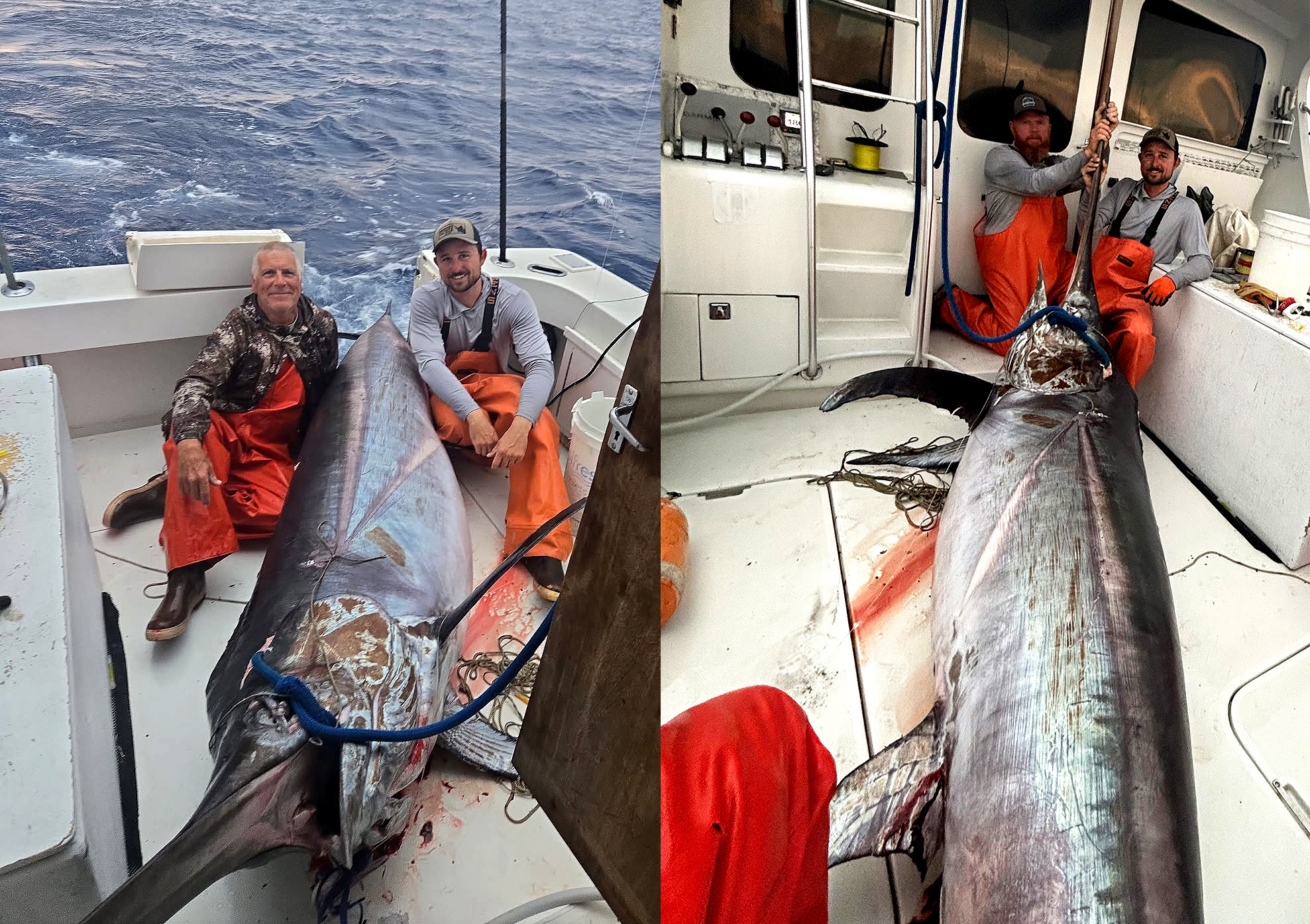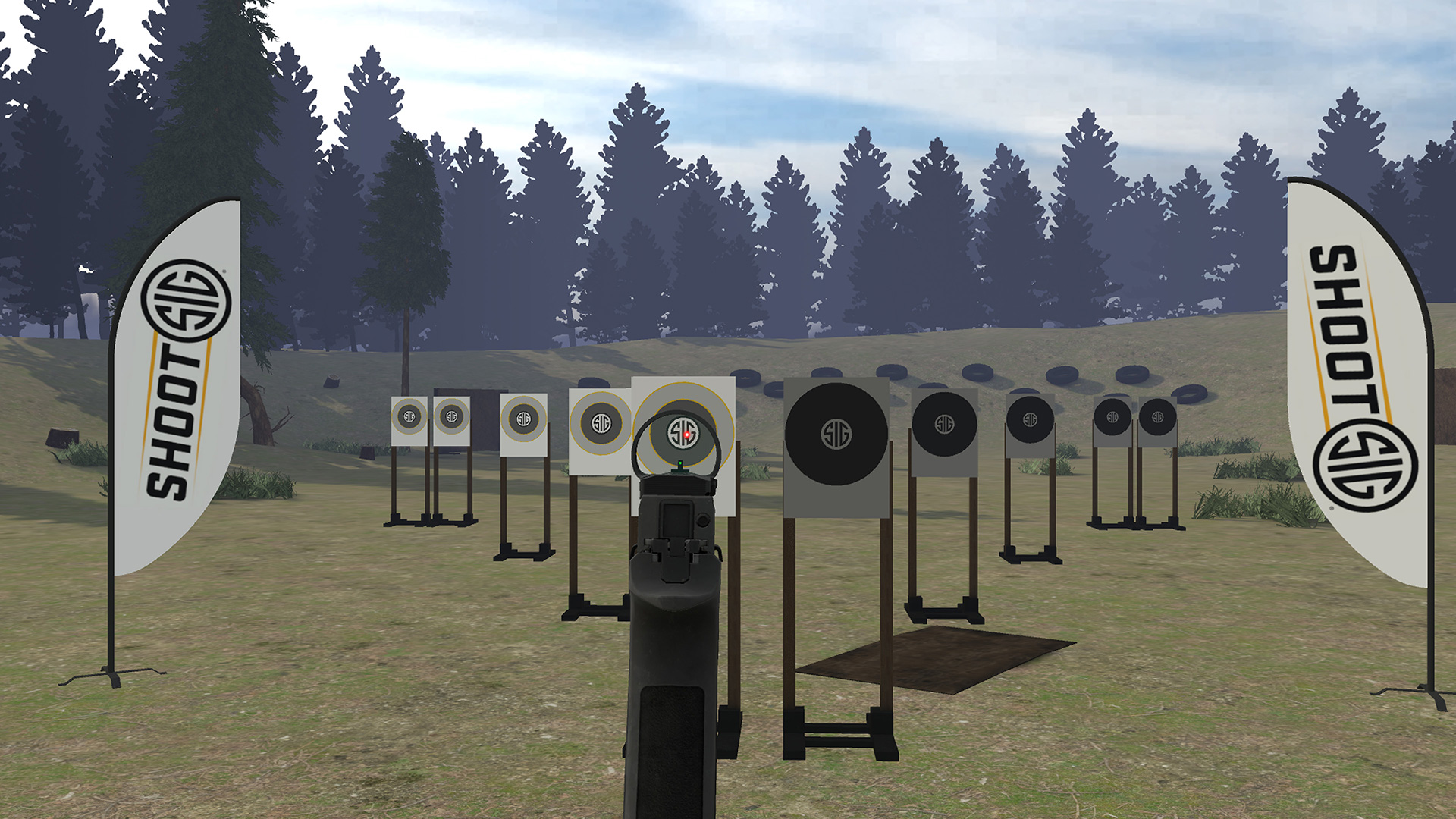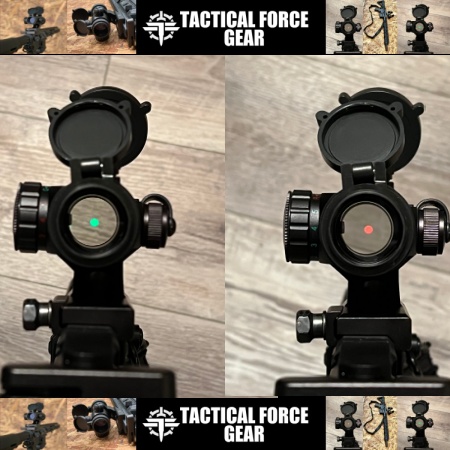When Capt. Charlie Kinman ran his 38-foot Luhr’s fishing boat through Jupiter Inlet in Southeast Florida on March 25, the weather was a little iffy. He and mates Alex Leonhardt and George Maib were headed offshore for an overnight swordfish trip.
“The weather was a bit sketchy, but using radar we were able to wiggle between the bad storm patches,” 29-year-old Leonhardt tells Outdoor Life. “The weather got worse and worse through the day and night. It got real rough, real quick. If we’d known how bad it was gonna get, we probably wouldn’t have gone that day.”
But the trip would be worth the hassle. Eventually the men reached flat-water, about 30 miles offshore from Leonhardt’s hometown of Stuart. The men put out baited rigs in 1,500 feet, using dorado bellies as bait and fishing them with glow-light sticks just 100 feet off bottom. Then, at 4:30 p.m., something hit one of the baits.
“The fish took the bait and swam right to the surface,” said Leonhardt. “We knew it was a good fish right away, and most of the time he was close to the boat.”
Related: I Fought an 11-Foot Swordfish Solo from My 17-Foot Boat
Capt. Kinman handled the heavy rod with 130-pound test braided line, a wide Shimano reel, and a 150-foot heavy wind-on leader.
“Fighting that fish was like kicking a yellowjacket nest,” Leonhardt says. “He was pissed, coming to the boat looking to hurt something. It always charged the boat motors. So handling the boat to keep the fish away from the prop, and the line tight, takes a lot of teamwork.”
About 15 minutes into the fight the swordfish came near their boat and Leonhardt plunged a harpoon behind the sword’s gill plate. At the tip of the harpoon is a heavy, barbed metal dart that’s about 4 inches long and looks like a giant arrowhead. The harpoon handle is designed to detach from the dart once it hits home, and it connects back to the boat. The dart set-up is much like a flying gaff used by many offshore anglers.
With Kinman fighting the fish with heavy tackle, and Leonhardt holding the rope to the dart, the anglers had two lines to battle the giant swordfish – which still took 90 minutes to subdue.
“I’ve fought other swordfish longer, but never a fish like this one,” said Leonhardt. “The fish never jumped. It was just relentless in rushing the boat. We’d turn the boat, and it would zip on by. Then it would turn around in the blink of an eye and come back to our motor. It was something else – it’d move 50 feet to the opposite side of the boat in just a second.”
The swordfish had unbelievable power and endurance, and Leonhardt says they nearly lost it three times. At one point, the fish spun around once near the boat causing Kinman’s fishing rod to smashed into his head.
“That rod hit Charlie so hard I though it just exploded apart in pieces,” Leonhardt explained. “Folks know this was an amazing fight. But unless they were on board that boat, they have no idea what it was really like. The fish was so powerful.”
After a 90 minute a battle they’ll never forget, the anglers drew the swordfish close and were able to get another gaff into it. Great boat handling, says Leonhardt, is the reason they eventually landed it.
“We had to make sure the fish was dead before handling it,” Leonhardt said. “Then we put a heavy rope through its gills and then we had to figure out how to get it in the boat. We worked to get it through the stern tuna door. It wouldn’t fit, so we had to cut off its dorsal fin. It took all three of us pulling with everything we had to get it on deck.”
The anglers, who have commercial licenses, next cut off the fish’s head, tail and removed its entrails so they could properly cool the meat for the market.
“The fish was missing half its broadbill,” Leonhardt noted. “It had been broken a long time, and how it broke is anyone’s guess.”
He says that even with half its bill gone the fish measured 15 feet long. It had 175 pounds of head, fins and entrails. It was bigger than any of the 500 or so swordfish that Leonhardt has caught during his commercial fishing career.
“The core weight [meat] of the fish was 668 pounds,” Leonhardt said. “Adding 175 pounds to that total and the swordfish we estimate weighed at least 850 pounds.”
The anglers wrapped the swordfish meat in a tarp, covered it in ice, and fished through the night. They returned to Stuart the next day.
Read Next: The Best Saltwater Rods, Tested and Reviewed
The current Florida record swordfish is 612.75 pounds, caught in 1978 by Stephen Stanford off Key Largo. Just the cut core meat of Leonhardt’s swordfish would have topped the Florida record. The IGFA all-tackle swordfish weighed 1,182 pounds and was caught in 1953 off the coast of Chile. This swordfish wouldn’t have been eligible for a record because the crew used a harpoon, which is not allowed by the IGFA, but it’s still remarkable they caught a swordfish of this size on rod and reel.
“We’re not looking for any kind of special cognition for catching this fish,” Leonhardt explained. “We were just doing our job. We were privileged to catch a giant of a swordfish, and experience what powerful and remarkable fish they are.”
Read the full article here




